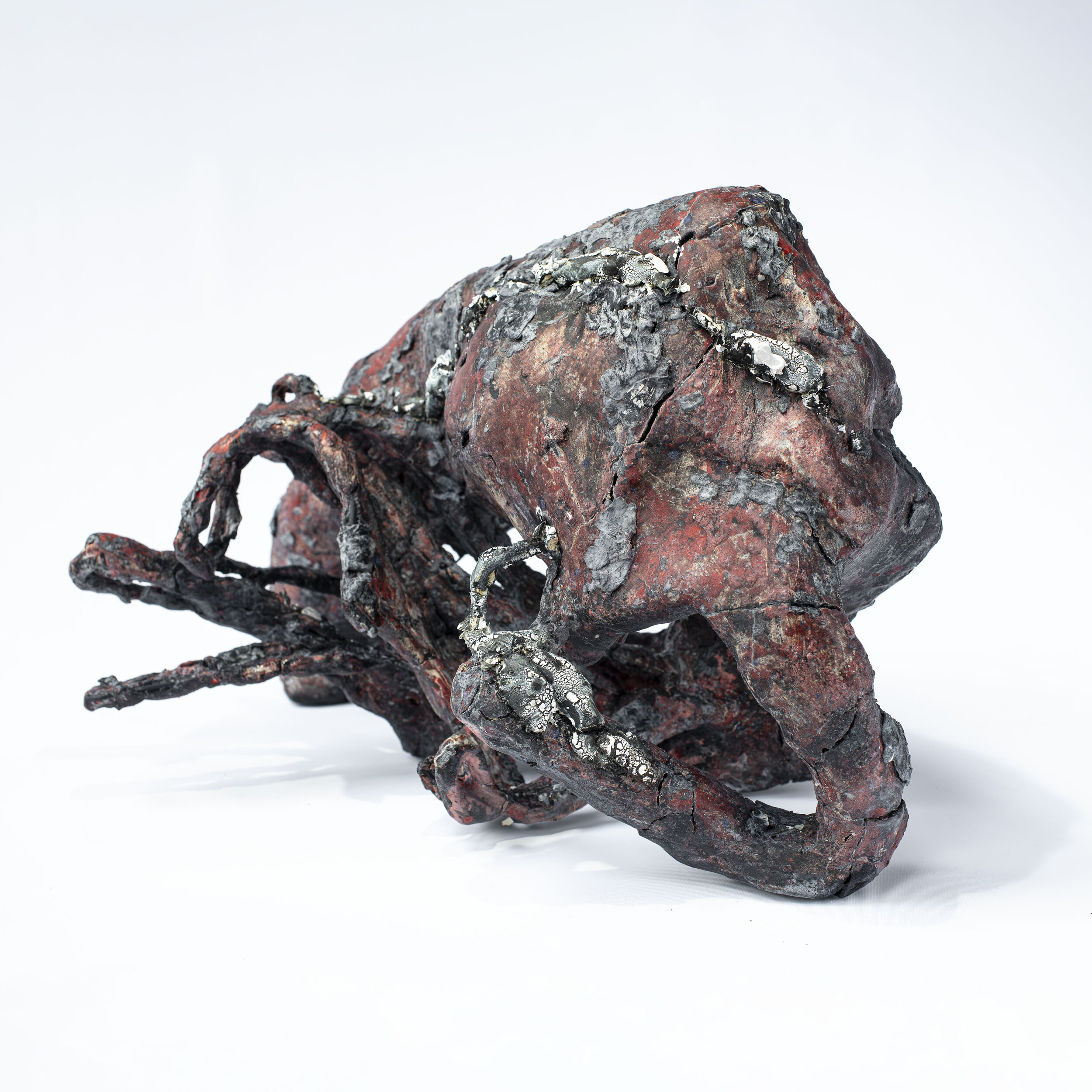Infrastructure

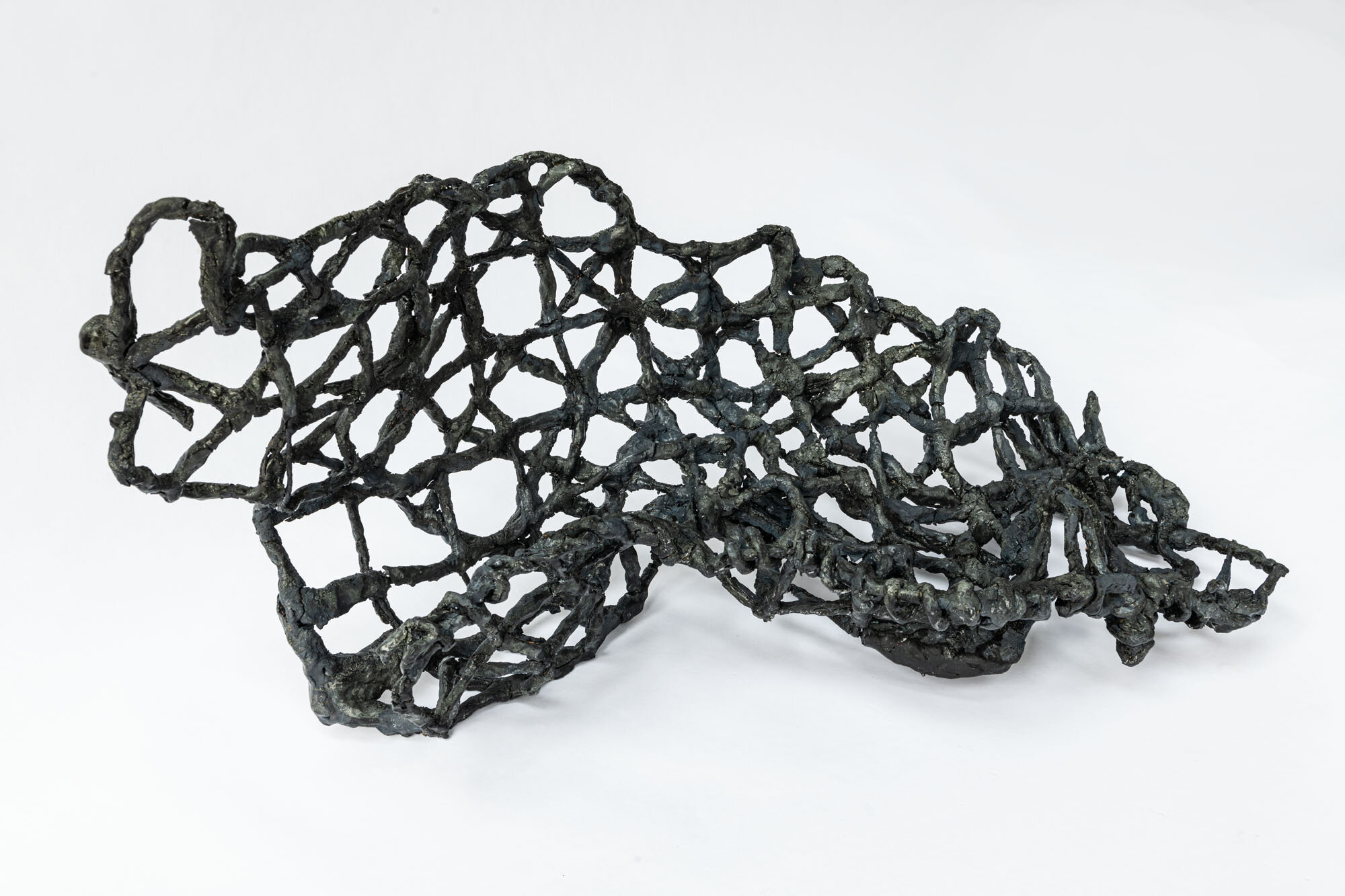

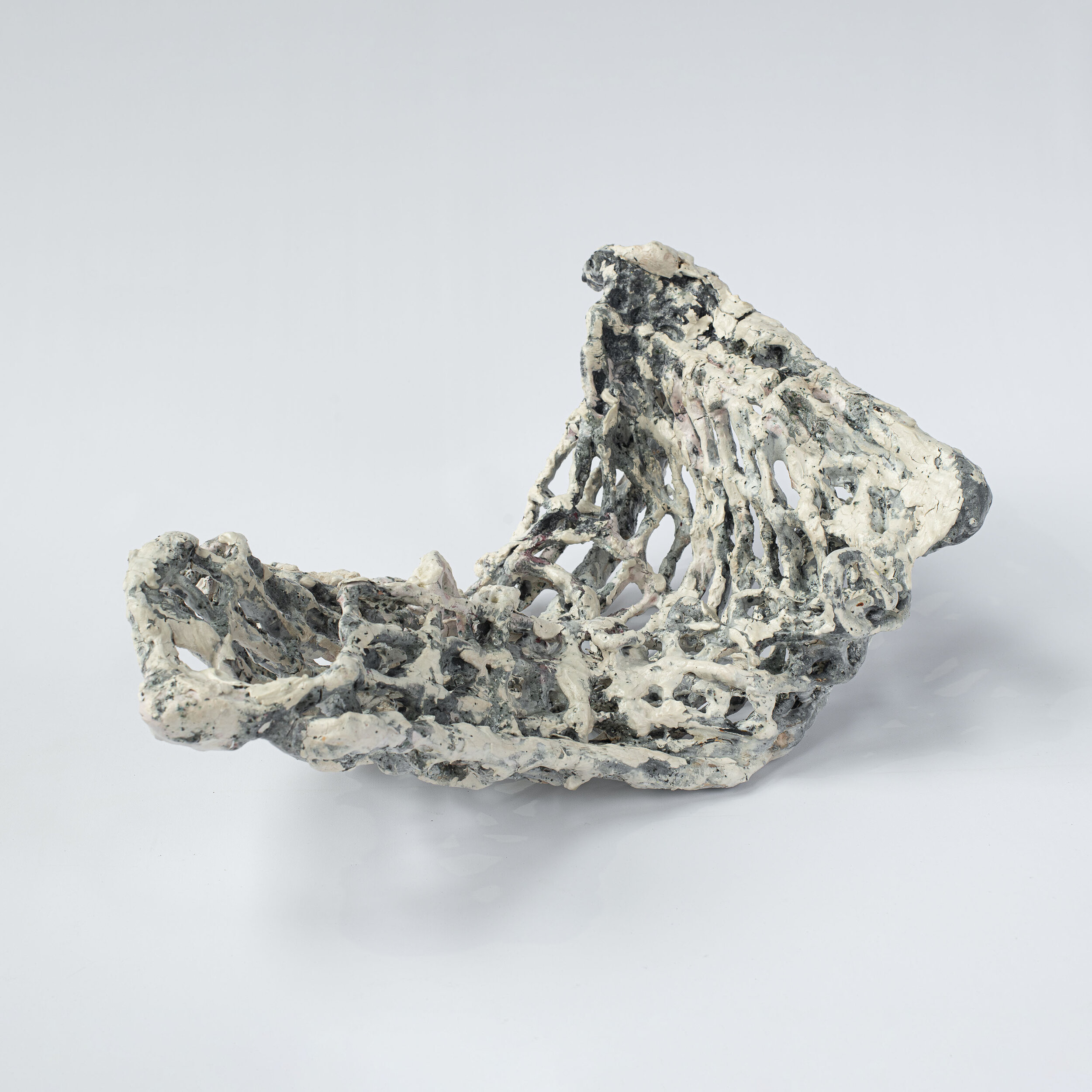




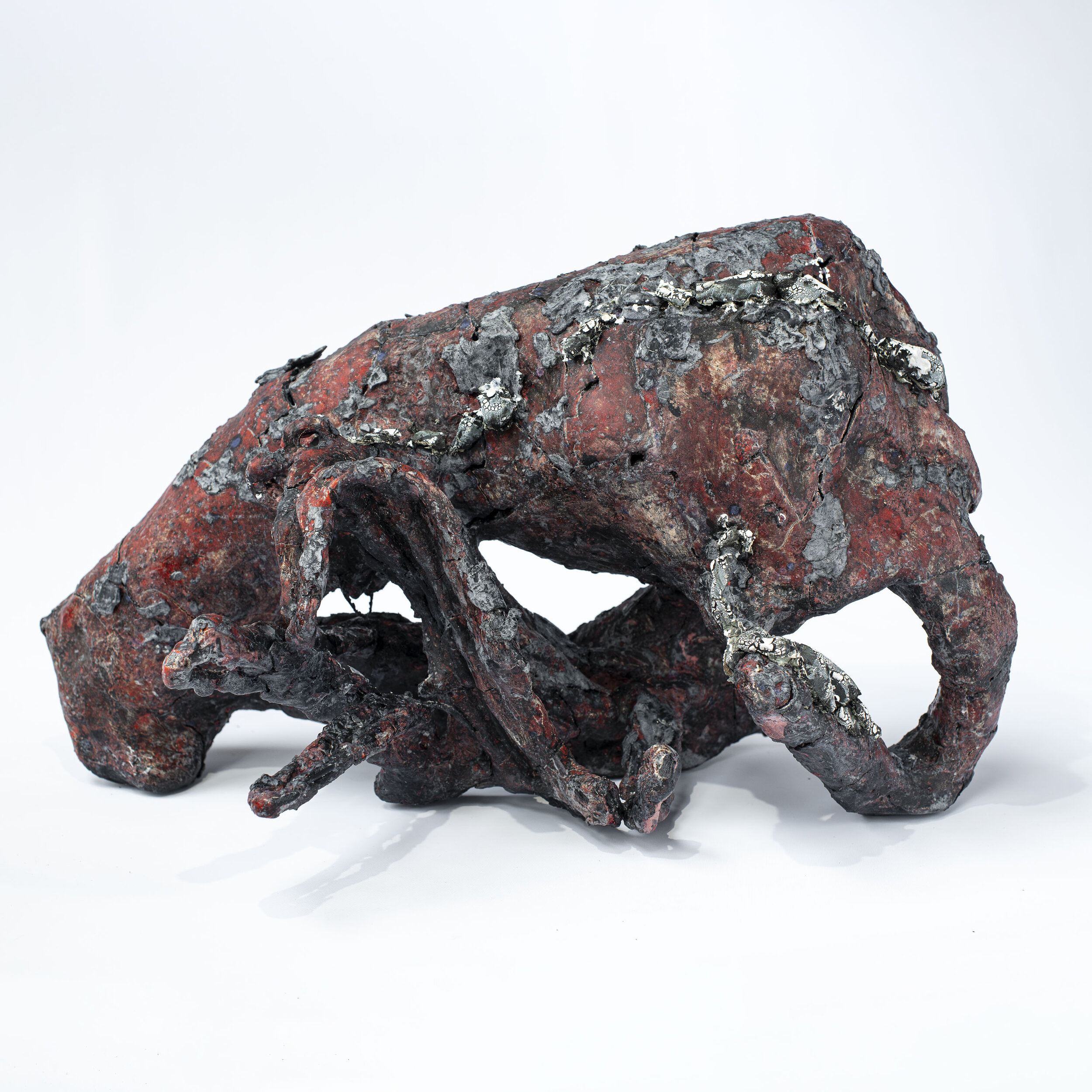

















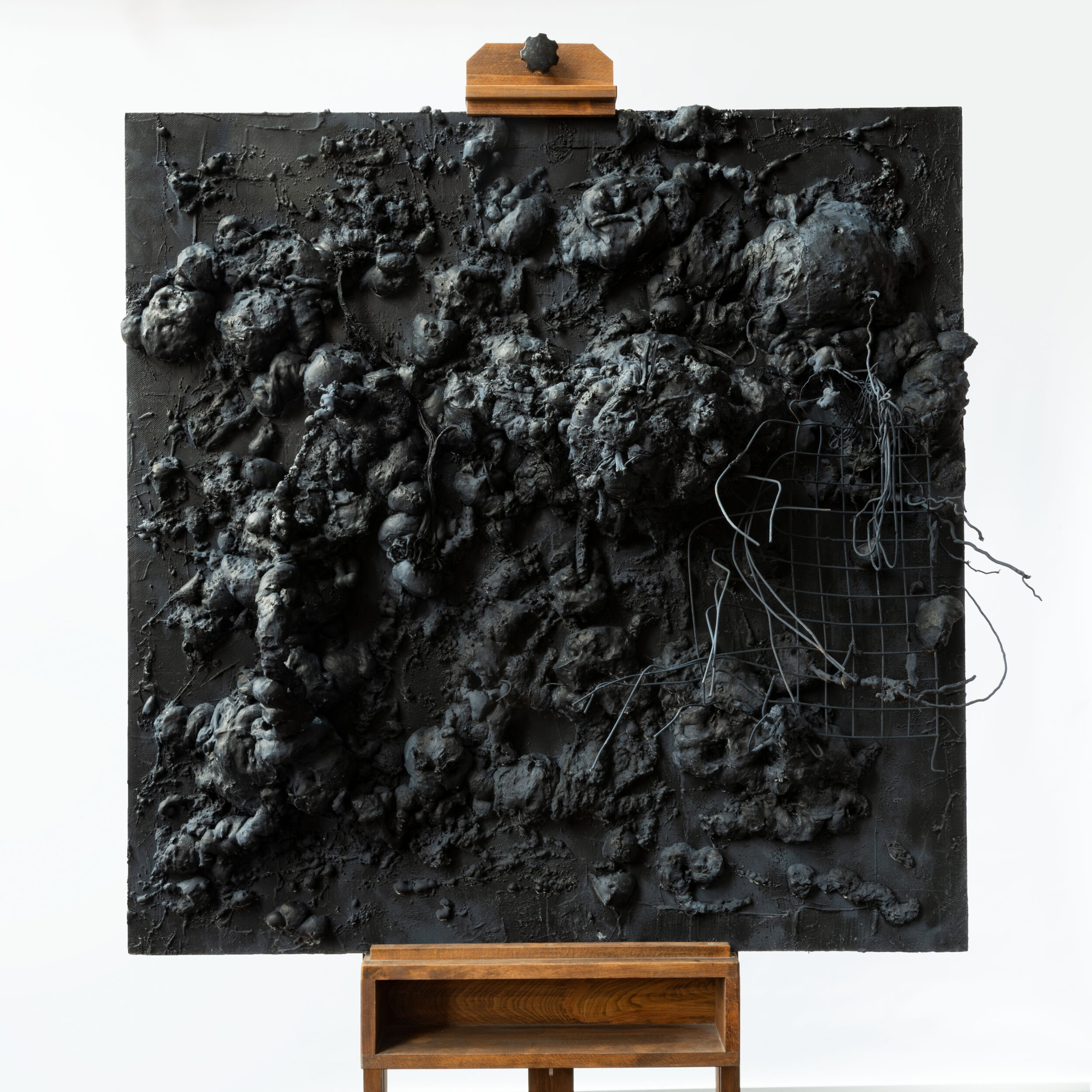
Image credits; David Fulford
‘Art comes from art: I remember going to the Matisse show and seeing how Matisse had taken one of his own paintings, worked from it and transformed it, and that had led on to the next one and the next.’
Anthony Caro
In recent works I have continued to develop the ‘Grace’ series whilst exploring fundamental structure in nature, the body and industry/architecture. How the different systems and infrastructures relate and how this research is realised in the form and materiality of a ceramic sculpture.
Nature. The structural designs that occur in nature, in molecules, in crystals, in living cells, are a fascination source of inspiration. Nature at all levels builds responsive and adaptive structures through the use of modular components combined with least-energy structural strategies. I have translated my observations of formation of tree roots into this series of works. Tree roots serve as a store for carbohydrates and form a structural system which supports the trunk and crown.
The Body. I have researched the structural organisation of the human body, it is helpful to consider its basic architecture; that is, how its smallest parts are assembled into larger structures. It is convenient to consider the structures of the body in terms of fundamental levels of organization that increase in complexity, such as (from smallest to largest): chemicals, cells, tissues, organs, organ systems, and an organism.
Industry/Architecture. Within the context of the built environment, the term ‘structure’ refers to anything that is constructed or built from interrelated parts with a fixed location. Structures can be classified in a number of ways, for example a solid, frame, shell, membrane or composite.
I have worked with steel rebar in many of the new structures. This material is known when massed as reinforcing steel or reinforcement steel. It is a steel bar or mesh of steel wires used in construction as a tension device in reinforced concrete and reinforced masonry structures to strengthen and aid the concrete under tension. Concrete is strong under compression, but has weak tensile strength.
I am particularly interested in what happens when infrastructure is altered, broken, destroyed, reimagined. My sculptures are constructed using slabs of clay draped over an internal steel structure, pieced & stitched together. Breaking many of the rules of ceramic construction, the steel substrates are used intentionally to encourage the clay to crack & experience trauma. The sculptures are altered and re-imagined through the process of firing. The change that they undergo echoes a phenomenon known in architecture as ‘concrete cancer’, when a steel reinforcement starts to rust and expand, displacing the surrounding concrete, whilst the disfiguration, broken edges & patina are suggestive of the human body experiencing injury, ageing and decay.
Visually I think these abstract sculptural fragments have a conceptual & aesthetic beauty. I think disfiguration and patina of age or trauma tells a beautiful story. Cracks, marks, scars, dints & broken edges enhancing beauty. Rather than considering a broken object ‘destroyed’ I believe it to be a transformation sometimes to the point of abstraction. It is fascinating, intriguing to wonder about its journey and to enjoy the aesthetic transfiguration. In traditional Japanese aesthetics, wabi-sabi (侘寂) is a world view centred on the acceptance of transience and imperfection. The aesthetic is sometimes described as one of beauty that is "imperfect, impermanent, and incomplete".


